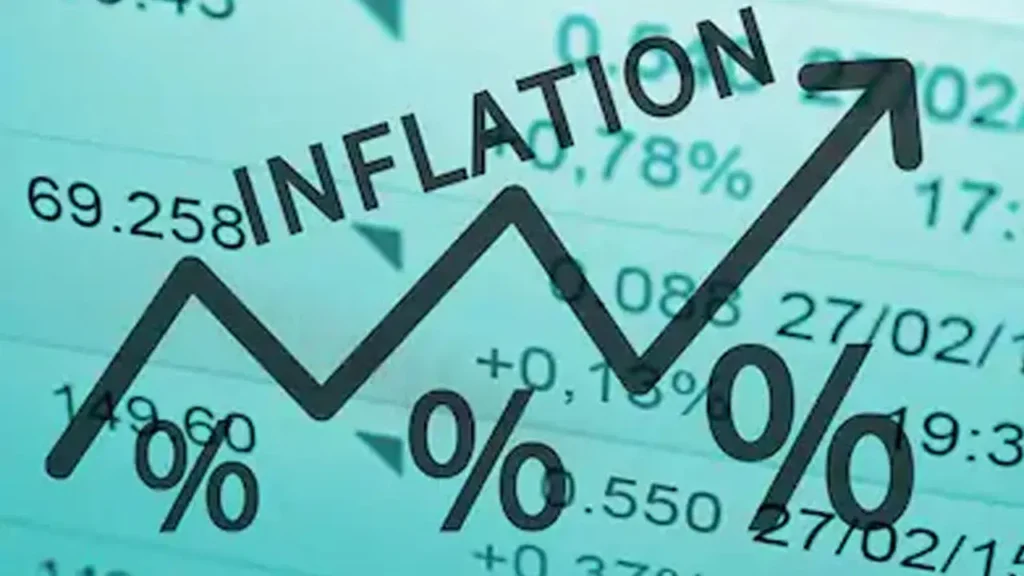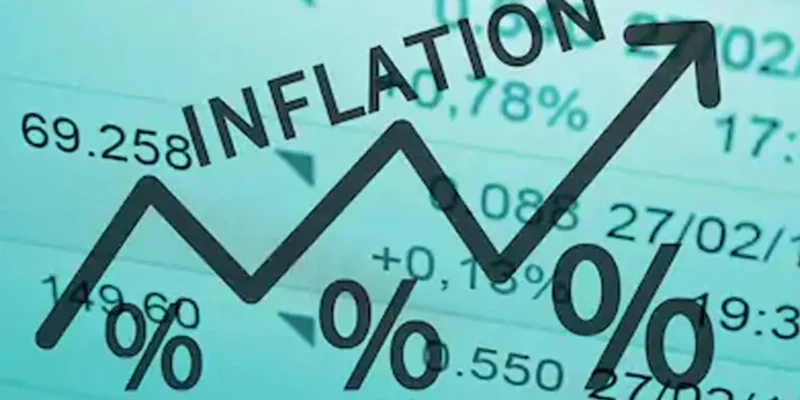
Nigeria’s manufacturing sector is grappling with significant financial strain as macroeconomic shifts implemented by the Federal Government (FG) drive up costs. Recent financial reports from leading manufacturers indicate a staggering 90.6% surge in cost of sales for 2024, reflecting inflationary pressures, foreign exchange volatility, and soaring production expenses.
Surging Production Costs Challenge Manufacturers
The cost of sales—which includes raw materials, logistics, energy, and other manufacturing inputs—has skyrocketed, forcing many companies to adopt drastic cost-cutting measures such as workforce reductions and price adjustments to stay afloat. Despite efforts at backward integration to mitigate reliance on imported materials, these initiatives have not significantly shielded manufacturers from high importation costs driven by unfavorable exchange rates.
Findings by Financial Vanguard reveal that the cost of raw material imports for Nigeria’s top 12 consumer goods manufacturers increased by 88% year-on-year, raising concerns about the effectiveness of backward integration strategies. However, a notable positive development is the reduction in bank loan exposure among manufacturers, though high interest rates continue to impact financial performance.
Key Industry Players and Financial Highlights
Major manufacturers including Nestlé Nigeria, Cadbury Nigeria, Unilever Nigeria, Nigerian Breweries, BUA Foods, Guinness Nigeria, Dangote Sugar, and Flour Mills of Nigeria have reported unprecedented cost increases:
Nestlé Nigeria: Cost of sales surged by 97.7% to N652.5 billion in 2024 from N329.9 billion in 2023.
Nigerian Breweries: Recorded a 97.5% rise in production costs, reaching N764.5 billion from N387.03 billion.
BUA Foods: Witnessed a 110% increase in costs, totaling N985 billion.
Flour Mills Nigeria: Saw a 52.5% rise to N151.3 billion.
Overall, the combined cost of sales for these top firms jumped 88.5% to N3.91 trillion in 2024, compared to N2.1 trillion in 2023. Similarly, finance costs soared by 81% to N1.2 trillion, though bank borrowing declined by 6.4% as firms reduced dependence on loans.
Revenue Growth and Profitability Pressures
While total revenue for these firms rose 67.7% to N7.6 trillion in 2024, profitability remains a concern. Loss Before Tax (LBT) climbed 76.6% to N407.4 billion, driven by high finance costs and operational expenses.
Industry Leaders Remain Optimistic
Despite these financial pressures, industry executives remain hopeful. Nestlé Nigeria’s Managing Director, Wassim Elhusseini, emphasized the company’s resilience and noted a return to profitability in Q4 2024. Nigerian Breweries CEO Hans Essaadi highlighted strategic pricing and operational efficiencies as key drivers of revenue growth. Similarly, BUA Foods’ MD, Ayodele Abioye, underscored the company’s agility in navigating economic challenges.
Economic Experts Weigh In
Economic analysts attribute the sharp rise in costs to exchange rate fluctuations, finance costs, and energy expenses. Dr. Muda Yusuf, CEO of the Centre for the Promotion of Private Enterprise (CPPE), described 2024 as a “transition year” marked by economic reforms, which severely impacted manufacturers. However, he projected a more stable 2025, citing signs of naira appreciation, reduced energy costs, and easing inflation.
Policy Recommendations for Recovery
The Nigerian Association of Chambers of Commerce, Industry, Mines and Agriculture (NACCIMA) and the Manufacturers Association of Nigeria (MAN) have proposed policy interventions to ease the burden on manufacturers. Key recommendations include:
Stable Economic Policies: Long-term policy frameworks to provide certainty for businesses.
Infrastructure Investments: Improved power supply and transportation networks to lower operational costs.
Tax Reforms: Simplified tax structures to encourage investment.
Monetary Policy Adjustments: Lowering interest rates to enhance financial sustainability.
2025 Outlook: Hope for Economic Stability
While manufacturers continue to struggle with macroeconomic headwinds, industry leaders and analysts remain cautiously optimistic about 2025. With improving currency stability, easing inflation, and potential policy interventions, manufacturers may find a more favorable operating environment in the coming year.

Comments